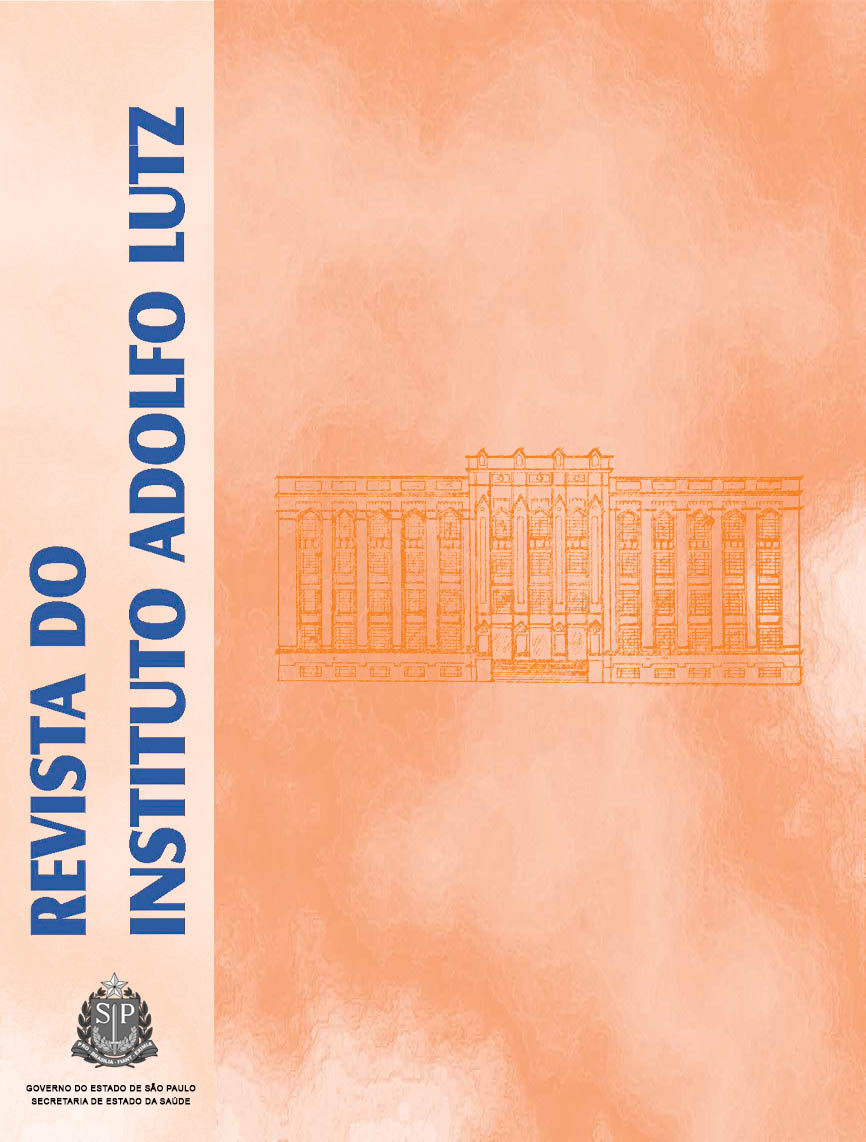Abstract
The water constitutes one of the foremost resources for life sustain, however diseases associated with its contamination have been one of the major threats to human health. This study aimed to assess the quality of drinking water in use in schools supported by NPSFP, in Salvador-BA. A cross-sectional study was performed in a stratified sample from 83 schools, being 49 municipal and 34 state schools, from whence the water samples used in the canteens were collected and analyzed for total and fecal coliforms detection. In addition, information about the water origin and the water care were investigated. Although all schools were supplied by local drinking water distribution system, 32% and 22% of the samples collected from municipal and state schools, respectively, presented no conformity with the effective legislation – in all schools, no conformity condition reached 41%. Regarding to reservoir, in 21% no suitable coating was observed, and 51% had no periodical hygiene procedures; only 17% of the schools showed potable water registers. The results point up the contamination risks from the used drinking water, and point out fragilities on the NPSFP implementation scope, which suggest the necessity of a highest control, facing children vulnerability who are assisted by this Programme.References
1. World Healh Organization. WHO. Guidelines fordrinking-water quality [acesso 2007 Jul.10]. Disponível em: http://www.who.int/water_sanitation_health/dwq/gdwq3rev/en/index.html
2. Kirby RM, Bartram J, Carr R. Water in food production and processing: quantity and quality concerns. Food Control2003; 14: 283-99.
3. Germano PML, Germano MIS. A água: um problema de segurança nacional. Hig Aliment 2001;15(90/91): 15-8.
4. Brasil. Ministério da Saúde. Agência Nacional de Vigilância Sanitária [Internet] [acesso 2004 Set 18]Resolução de Diretoria Colegiada nº 216, 15 de setembro de 2004. Disponível em: http://elegis.bvs.br/leisref/public/showAct.php?id=12546.
5. Cardoso RCV, Souza EVA, Santos PQ. Unidades de alimentação e nutrição nos campi da Universidade Federal da Bahia: Um estudo sob a perspectiva de alimento seguro. Rev Nutr 2005; 18(5): 669-80.
6. Giombelli A, Rech H, Torres VS. Qualidade microbiológica da água proveniente de poços e fontes de dois municípios da Região do Alto Uruguai Catarinense. Hig Aliment. 1998; 12(56): 49-51.
7. Brasil. Ministério da Educação. Fundo Nacional de Desenvolvimento da Educação [Internet] [acesso 2007 Jul 11]. Alimentação Escolar. Disponível em: http://www.fnde.gov.br/home/index.jsp?arquivo=/alimentacao_escolar/alimentacao_esc.html#dadosesta
8. Marchioni DML, Zacarelli EM. Avaliação da temperatura em refeições transportadas de um Programa de Alimentação Escolar. Hig Aliment1999;13(65):13 -8.
9. Silva C. Merenda escolar: levantamento das condiçõe higiênico-sanitárias dos locais de preparação e dos manipuladores em escolas da rede estadual de ensino de São Paulo, SP, Brasil[dissertação]. São Paulo: Universidade de São Paulo; 2002.
10. Mira FD. Avaliação do Programa de Alimentação Escolar da Rede Estadual de Ensino do Rio de Janeiro [monografia]. Rio de Janeiro: Universidade Estadual do Rio de Janeiro. 2003.
11. Façanha SHF, Ferreira NDL, Monte ALS, Pontes AR. Avaliação da garantia da qualidade higiênico-sanitária do Programa de Alimentação Escolar da cidade de Sobral-CE. Hig Aliment 2002; 16 (100): 54-8.
12. American Public Health of Water and Wastwater. Standard methods for the examination of water and wastewater. 20th Edition. Washington (DC): American Public Health Association, 1998.
13. Brasil. Ministério da Saúde. Agência Nacionalde Vigilância Sanitária [Internet] [acesso 2004 Set 20]. Portaria nº 518, de 25 de março de 2004. Disponível em: http://elegis.bvs.br/leisref/public/showAct.php?mode=PRINT_VERSION&id=22322.
14. Goiás. Secretaria de Estado da Saúde. Superintendência de Vigilância Sanitária/Universidade Federalde Goiás (UFG)/Faculdade de Nutrição. Avaliação e monitoramento da qualidade dos alimentos oferecidos na Merenda Escolar – Goiás. RelatórioParcial. 2006.
15. Piragine KO. Aspectos higiênicos sanitários do prepare da merenda escolar na rede estadual de ensino de Curitiba [dissertação]. Curitiba: UniversidadeFederal do Paraná; 2005.
16. Salvador. Secretaria Municipal de Saúde. Vigilânciaem Saúde Ambiental. Ações de promoção à saúde na rede de ensino do município de Salvador – Relatório técnico de visitas. 2007.

This work is licensed under a Creative Commons Attribution 4.0 International License.
Copyright (c) 2007 Instituto Adolfo Lutz Journal
